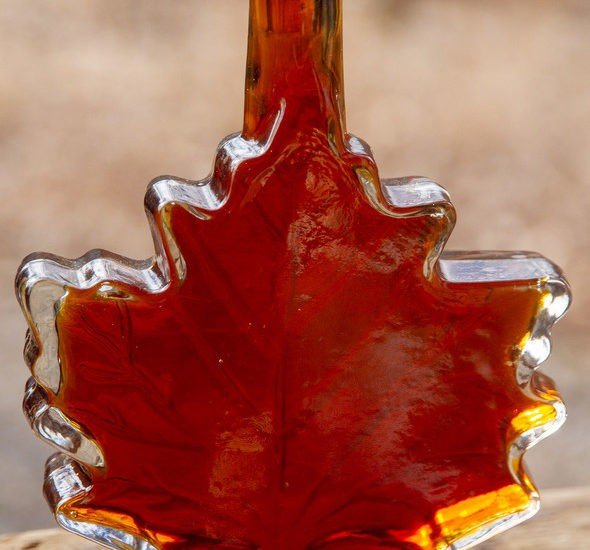By Diane Petit, Natural Resources Conservation Service
A towering, craggy old McIntosh tree in the center of the orchard at Red Apple Farm in Phillipston, Massachusetts, has weathered 113 winters, borne many tons of crisp, tart apples, and fed generations of customers. Planted in 1912, it’s the oldest commercially planted McIntosh tree in New England and possibly the country, and still produces fruit today thanks to more than a century of care by the Rose family.
 Al Rose and his wife Nancy, who operate the fourth-generation farm, have introduced an innovative growing system just a stone’s throw from the centenarian McIntosh tree. To ensure success in an area that sees its share of dry summers, Rose sought the help of USDA’s Natural Resources Conservation Service (NRCS).
Al Rose and his wife Nancy, who operate the fourth-generation farm, have introduced an innovative growing system just a stone’s throw from the centenarian McIntosh tree. To ensure success in an area that sees its share of dry summers, Rose sought the help of USDA’s Natural Resources Conservation Service (NRCS).
“It may be challenging but I think we’ve got a natural environment that’s conducive to growing great apples,” said Rose. “We have cold nights for a good part of the growing season, which are great for the color of the apples. Fall without apples in New England just wouldn’t be the same.”
“We’re at one of the highest elevations for orchards in New England: 1,250 feet,” said Rose, standing in the orchard on a windy day. “We have a wind turbine that’s been cranking today. Between that and our solar panels, we’re a red farm and a green farm.”
 Red Apple Farm is protected under the state Agricultural Preservation Restriction (APR) program. Through a state grant program to help the viability of APR farms, Rose developed a business plan that called for planting an acre of trees in a new trellis system.
Red Apple Farm is protected under the state Agricultural Preservation Restriction (APR) program. Through a state grant program to help the viability of APR farms, Rose developed a business plan that called for planting an acre of trees in a new trellis system.
“We’re not creating more land here; we have to be more productive on the land that we do have,” explained Rose.
“You’re growing a fruiting wall. They’re small trees, shallow rooted and spaced as close as a foot apart. It’s the most productive way and, from a cost standpoint, it’s easier to maintain,” said Rose. “But, to do that, you have to have a pond in place.”
So, Rose reached out to NRCS for help with irrigation. “I know they have the technical expertise to do it right and give us advice,” said Rose, who also got financial help through the federal Agricultural Management Assistance (AMA) program.
 Dave Bacon, NRCS soil conservationist, has been assisting Red Apple Farm for more than a decade. He explained that, in Massachusetts, the AMA program is used for drought mitigation. “We didn’t want to have an acre’s worth of apple trees fail because there was no irrigation water available,” said Bacon.
Dave Bacon, NRCS soil conservationist, has been assisting Red Apple Farm for more than a decade. He explained that, in Massachusetts, the AMA program is used for drought mitigation. “We didn’t want to have an acre’s worth of apple trees fail because there was no irrigation water available,” said Bacon.
Bacon explained that soil data indicated that there was adequate ground water to create a pond, a more reliable water source than drilling a well. With well drilling, there is a risk that there won’t be enough water to meet the plants’ needs. A micro-irrigation system was installed to deliver water from the pond directly to the young trees. This type of watering system conserves more water than a conventional overhead sprinkler system.
“As we slowly change to the newer high production, higher density plantings, it’s going to make us a lot more successful for the current generation and future generations,” said Rose.
“If you want to do something right, get the experts involved,” said Rose. NRCS has experts; they know how to do it and they know how to do it right. If nothing else, you’re going to get great advice and great people are there to support you.”

